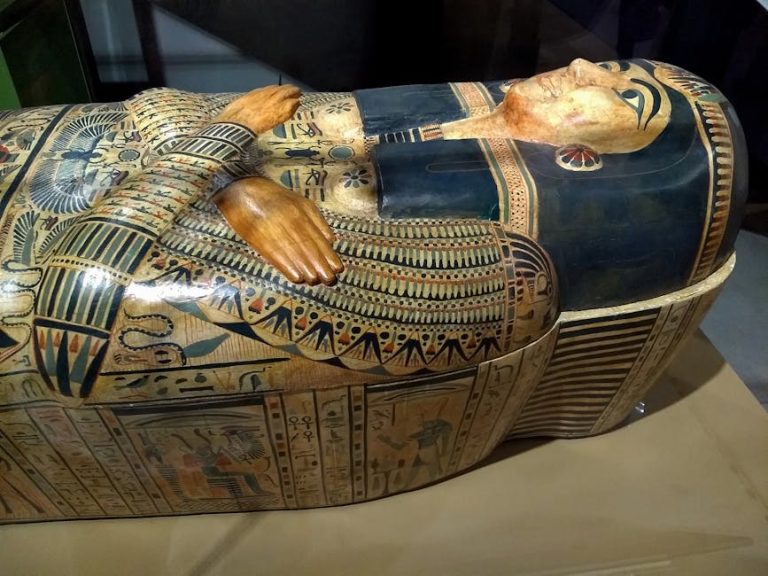How the Manchester Tram is Adapting to Modern Needs
The Manchester Tram, known as the Metrolink, has long been a crucial part of the city’s public transport infrastructure. As urban areas continue to grow and evolve, so too must their transport systems. The Metrolink is no exception, continually adapting to meet the demands of modern commuters. This blog post explores the various ways Manchester’s tram system is evolving to cater to contemporary needs, focusing on technological advancements, sustainability efforts, and enhanced connectivity.
The Evolution of the Manchester Tram System
The Manchester Metrolink has undergone significant transformations since its inception in 1992. Initially launched with just a few lines, the network has expanded to cover over 100 kilometers, making it the largest light rail system in the UK. This expansion has been driven by the need to accommodate the city’s growing population and the increasing demand for reliable public transport.
Historical Context and Initial Challenges
When the Metrolink was first introduced, it aimed to replace older train lines and provide a modern alternative for commuters. However, initial challenges included integrating with existing infrastructure and meeting the expectations of users accustomed to traditional train services. Overcoming these challenges required strategic planning and investment.
Technological Advancements in the Metrolink System
In recent years, the Manchester Tram system has embraced technology to improve efficiency and user experience. From contactless payments to real-time data, technology plays a pivotal role in modernizing the Metrolink.
Contactless Payment and Mobile Integration
One of the most significant advancements is the introduction of contactless payment options. Passengers can now use their smartphones or contactless bank cards to pay for journeys, making the process quicker and more convenient. The Metrolink app also allows users to plan journeys, receive updates, and purchase tickets, integrating seamlessly with daily digital life.
Real-Time Information and Smart Technology
Real-time information systems have been implemented across the network, providing passengers with up-to-the-minute updates on tram arrivals and departures. This technology helps reduce anxiety associated with commuting and enables users to make informed decisions about their travel.
Sustainability Efforts of the Manchester Tram
In response to increasing environmental concerns, the Metrolink has committed to sustainability. Various initiatives aim to reduce the carbon footprint of the tram system and contribute to a greener Manchester.
Energy-Efficient Trams and Infrastructure
The Metrolink has invested in energy-efficient trams that consume less power and produce fewer emissions. The infrastructure also supports sustainability by utilizing renewable energy sources wherever possible.
Initiatives to Promote Public Transport
Encouraging the use of public transport over private cars is a key focus. The Metrolink runs campaigns to promote the benefits of tram travel, including reduced congestion and lower pollution levels. Special discounts and promotions aim to attract more users to the system.
Enhanced Connectivity and Network Expansion
To better serve the city and its outskirts, the Metrolink continues to expand its network, creating more connections and accessibility options for commuters.
New Lines and Extensions
Recent expansions include new lines connecting key areas of the city, such as the Trafford Park Line, which serves major destinations like the Trafford Centre. These developments enhance the system’s reach and convenience.
Intermodal Connections
The Metrolink is also improving connections with other modes of transport. Integrated ticketing options and strategic station placements facilitate seamless transfers between trams, buses, and trains, creating a robust, interconnected transport network.
The Future of the Manchester Tram System
Looking ahead, the Metrolink aims to continue evolving by embracing innovation and prioritizing user experience. Future plans include expanding the network further, introducing more environmentally friendly technologies, and maintaining high service standards.
Potential Technological Innovations
Future innovations may include driverless trams, advanced data analytics to optimize route management, and enhanced passenger services using AI. As technology evolves, so too will the opportunities for improvements in the Metrolink system.
Community Involvement and Feedback
Community involvement is crucial for the ongoing success of the tram system. Regular feedback from passengers helps identify areas for improvement, ensuring that the Metrolink continues to meet the needs of its users.
Conclusion: Embracing Change for a Better Tomorrow
The Manchester Tram system exemplifies how urban transport can adapt to modern demands. Through technological advancements, sustainability efforts, and network expansion, the Metrolink is transforming the way people travel in and around Manchester. As the city continues to grow, so too will the opportunities for innovation and improvement within the tram system. By focusing on user needs and environmental sustainability, the Manchester Tram is well-positioned to meet the challenges of the future, ensuring a reliable and efficient service for generations to come.





